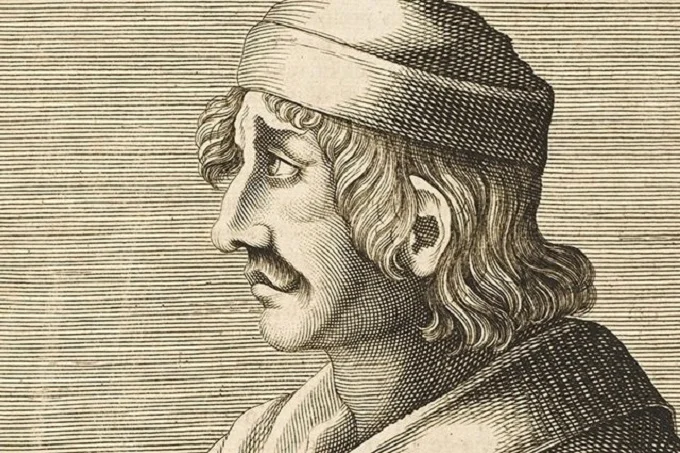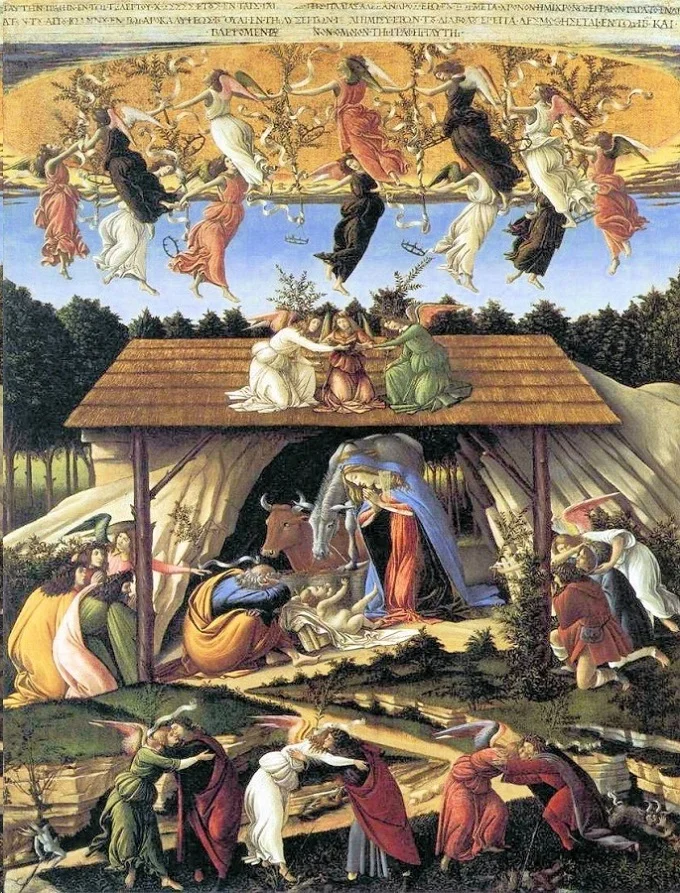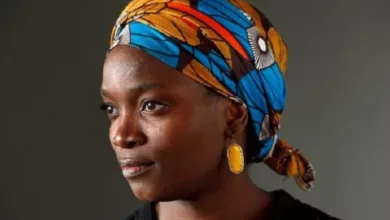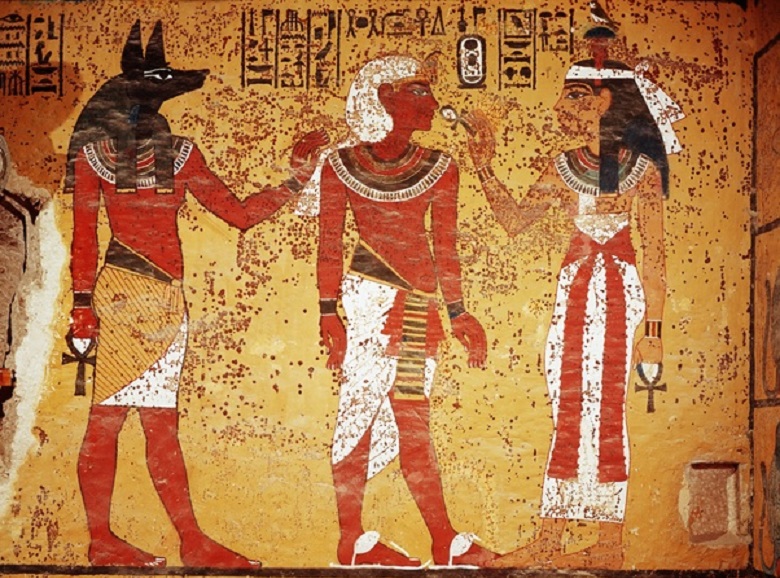Why Botticelli burned his paintings?

In one of the squares of Florence, Botticelli himself threw his paintings into the fire, after which he practically stopped painting. No money was saved up and therefore fell into terrible poverty.
On March 1, 1445, Alessandro di Mariano di Vanni Filipepi, better known as Sandro Botticelli, the early Renaissance Florentine painter, was born.
Born into a family of a well-to-do townie, a leather tanner, Sandro Botticelli received a good education. Already in his childhood, he showed a love for painting. At fifteen, he began studying at the workshop of the famous Florentine sculptor Andrea Verrocchio and, in 1470, opened his own studio.
During this period, Lorenzo de Medici, an art lover, came to power in Florence and Botticelli became his favorite painter. Most of the artist’s most famous paintings were commissioned by the Medici. The Adoration of the Magi (1477), for example, depicts the entire Medici family as biblical characters who came to pay tribute to the newborn Christ.
As a court painter, Botticelli was also unable to avoid political commissions: on the wall of the Bargello palace, he depicted the hanged participants in the plot against Lorenzo de’ Medici, which resulted in the death of Lorenzo’s brother Giuliano.
Botticelli’s two most celebrated works are Spring (c. 1477-1478) and The Birth of Venus (c. 1483-1484). The image of Venus, sliding on the shaky waves of the sea shells – one of the most captivating images of women in world art. Botticelli gave the face of Venus, a pagan goddess of extraordinary beauty, a spirituality more characteristic of images of the Madonna.
In 1481 – 1482 Botticelli, together with the artists Rosselli, Ghirlandaio and Perugino, frescoed the walls of the Sistine Chapel. Three of Botticelli’s frescoes – The Youth of Moses, The Punishment of Corea, and The Healing of the Leper – brought him fame far beyond his native city. Returning to Florence, the artist had no time to take orders for new paintings, and wealth and reverence came to him.
But zealously dispose of money, Botticelli was not able to, in addition, being extremely sensitive by nature, in the 1490′s he, like many other creators of the early Renaissance, fell under the influence of fanatical monk Savanarola. That in his sermons rightly condemned the idleness, the licentious manners of the rich of Florence and the tyranny of the Medici. But Savonarola also turned on art, considering any manifestation of light, love of life and beauty in it sinful. Savonarola and his supporters organized mass burnings of secular books and works of art.

In one of the squares of Florence, Botticelli himself threw his paintings into the fire, after which he practically stopped painting. But no other craftsman, the artist did not know, no money saved up and therefore fell into terrible poverty. In 1498 Savonarola was arrested by order of Pope Alexander VI, condemned, accused of heresy and executed.
Botticelli responded to Savanarola’s death by painting The Nativity (1501). There is nothing in it of the former Botticelli or the Renaissance: the complete negation of the laws of perspective, the scale of the figures, which depends not on the proximity or distance of the object, but on its significance – these are signs of a return to the Middle Ages.
Botticelli spent the last years of his life in seclusion, was very ill and walked leaning on two sticks. And his place was taken by other creators, those who are commonly called “titans of the Renaissance.” They were able to pierce the road to light, joy, and simple human feelings in art. But it was the beautiful paintings of early Botticelli that showed them the way.




